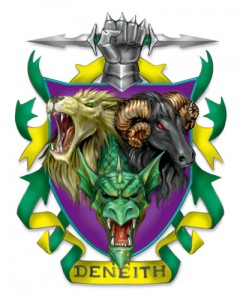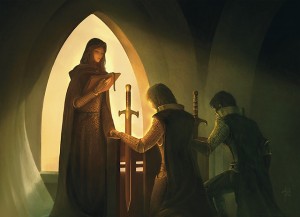In Building Better Monsters Part 1 we talked about the inspiration for monsters and how to identify the ideas that make up a monster design, mainly the monster’s form and its function. This time around we’re digging into the stat block. Every DM has read a stat block before but they’re worth paying close attention to. Stats are the functional manifestation of the monster, and stat blocks are the way that your ideas about monsterhood will be recorded. As such stat blocks are a sort of monster design fundamental, a rudiment for DMs.
You’ve come up with your own idea for a monster so it is time to realize these ideas mechanically. You want to have your design support your plans for your creature as elegantly as possible so that when you get to the table your creature behaves how it ought to with as little effort from you the DM as possible. You have an idea of what you want that monster to do, and good design will let you do that more easily. In order to put all the parts together gracefully a monster designer needs to have a good understanding of what all the parts at their disposal are so that they can put them together creatively.


